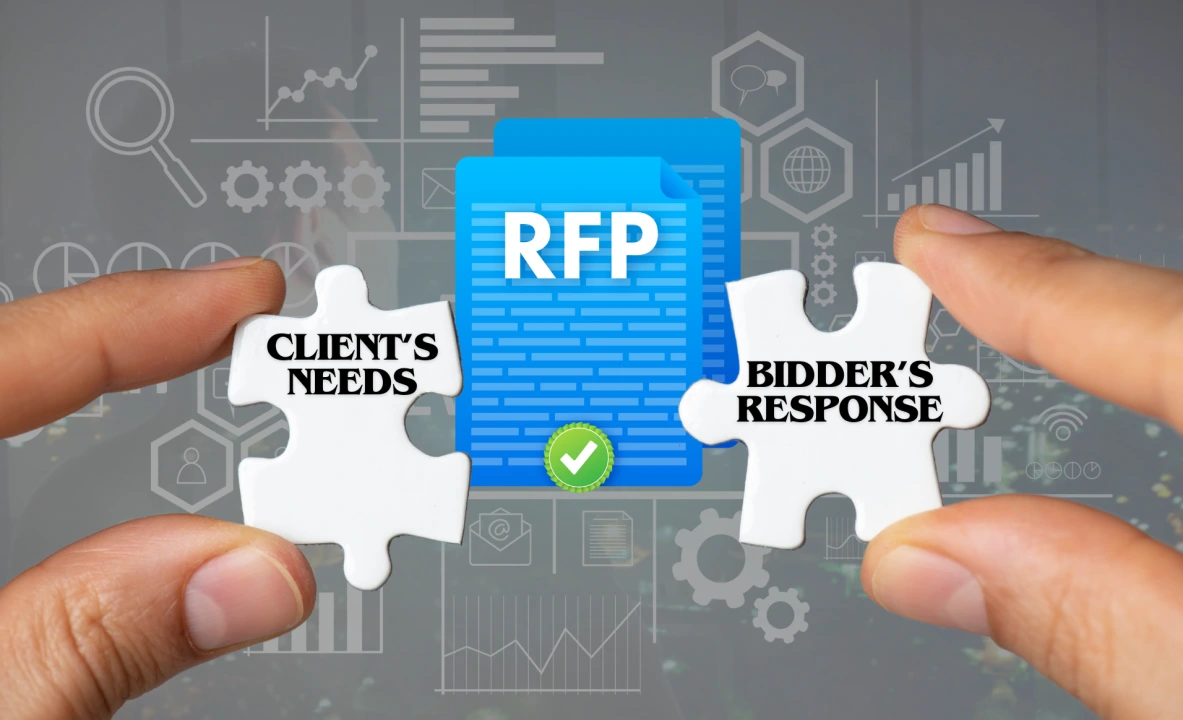The Art of Bidding and Managing the Bid Process
Organizations seeking to procure facility management (FM) services should introspect on reforming their processes and strategies with an eye on deriving the ultimate benefits of FM.
At the same time, it is equally essential for FM service providers to build comprehensive standard operating procedures to develop their art of bidding and manage their bid process plus go the extra mile to understand the dynamics of winning bids.
Bidding is a science that bidders must fully comprehend, including all elements inside and outside the RFP. It should not be a purely theoretical approach that adheres only to the requisite terms of the RFP.
Instead, bidders should take cognizance of factors like business intelligence, such as incumbent service provider information, baseline budget and any other evolving dynamics related to the proposed contract.
They should understand that efficient bid management is not the only factor that matters; bid politics, stakeholders’ chemistry, and market intelligence can add tremendous value to the bidding process.
Understanding the bid politics, stakeholder dynamics, their relationships, and their position of power in decision-making are critical pieces of information.
The connection that bid teams make with client organizations through initial interfaces, such as clarification calls, sessions, site visits, or technical presentations is bid chemistry, which helps build positive vibes.
Having market intelligence regarding access to information on competitors, incumbent critical project information, and information like budgets or clients’ key pain points can be beneficial. Managing all these equations requires a specific skill set that the bid team should master.
It is critical to consider these factors, regardless of the qualitative aspect of the submission. At EFS, we follow a comprehensive set of procedures with a defined framework known as Gate 5.
This framework includes five well-defined stages, from a bid-no-bid decision to a detailed review of the RFP, defining the responsibility matrix between site estimation and preparing the technical specifications.
This is followed by a site visit and estimation, preparing the technical and commercial analysis, and a thorough review of the process in tandem with the RFP and the company’s own risk guidelines.
These are essential for prudent bid lifecycle management while maintaining all the requisite checks and balances.
In addition to defining the well-established structure of the bid organization, FM companies must emphasize the skill set of the bid team, with each having the necessary skills between technical knowledge, writing, and commercial prudence.
A clearly defined responsibility matrix between technical and commercial teams and other stakeholders is also required. Besides the accuracy and quality of bid submission, extra caution must be exercised to ensure that the commercials in the bid are commensurate with the intrinsic cost of the services and various components.
It must not be a submission to win at any cost, but the cost that service organisations can sustain financially while meeting the client’s contractual expectations.
11 Step process for Request for Proposal (RFP) in Bidding
In essence, when responding to a Request for Proposal (RFP) for a facility management contract from client organisations, consider the following steps:
- Review the RFP: Thoroughly understand the requirements, objectives, and scope of work. Zero in on the RFP’s evaluation criteria and submission guidelines, and carefully review the requisite details of documentation outlined in the RFP document.
- Prepare the proposal: Tailor the response to the specific service level requirements and other FM needs outlined in the RFP. Clearly articulate the company’s services or solutions and define the SLAs to meet the contractual expectations.
- Conduct a detailed site visit: First, evaluate the RFP before undertaking a site visit to map the findings. Make detailed notes of site conditions and relevant observations to exchange with the bid team.
- Highlight the company’s essential qualifications and salient features in sections where needed: Ensure showcasing relevant experience, case studies, expertise, and service infrastructure, from tools and equipment to other infrastructure, along with the profile and qualifications of the team to demonstrate the company’s ability to fulfil the requirements of the RFP successfully.
- Prepare a detailed pricing and budget proposal: Clearly outline the pricing structure, payment terms, and any additional costs associated with the project. Ensure transparency and accuracy in the financial proposal following the pricing schedules and other directions, including threshold limits, if any.
- Review the draft contract copy: The draft contract, usually provided with an RFP, is an essential document that the bidder must ensure to adhere to the conditions stipulated. Extra care must be taken to warrant that proposal specifications comply with conditions unless qualified in disclaimers. It is, therefore, vital that bid submissions not only respond to RFP provisions but also factor the draft contract requirements in the submission. A thorough review of the final document should ensure it complies with the contract. Terms and conditions are given in the disclaimer at the time of submission. Often, these misses lead to disqualifications. Unless qualified, any integral terms of the draft contract must not form part of any exclusions.
- Emphasize value proposition: Communicate the unique value proposition that sets the bidder’s company apart from competitors and demonstrate why the company is the ideal choice for the proposed offering.
- Provide comprehensive mobilization and transition plan: Provide a mobilization plan detailing the project timeline that outlines key milestones, deliverables, and deadlines to demonstrate commitment to timely project completion.
- Seek clarification: It is crucial to seek prior clarifications on any RFP requirements. Contacting the client FM for clarification will ensure your proposal meets their expectations.
- On-time proposal submission: Adhere to the submission deadlines specified in the RFP guidelines. Ensure your proposal is well-presented, error-free, and meets all formatting and submission requirements.
- Regular follow-up: After submitting the proposal, follow up with the client FM to confirm receipt and offer additional information or clarification.
Following these steps can create a compelling and competitive response to a facility manager’s proposal request.
